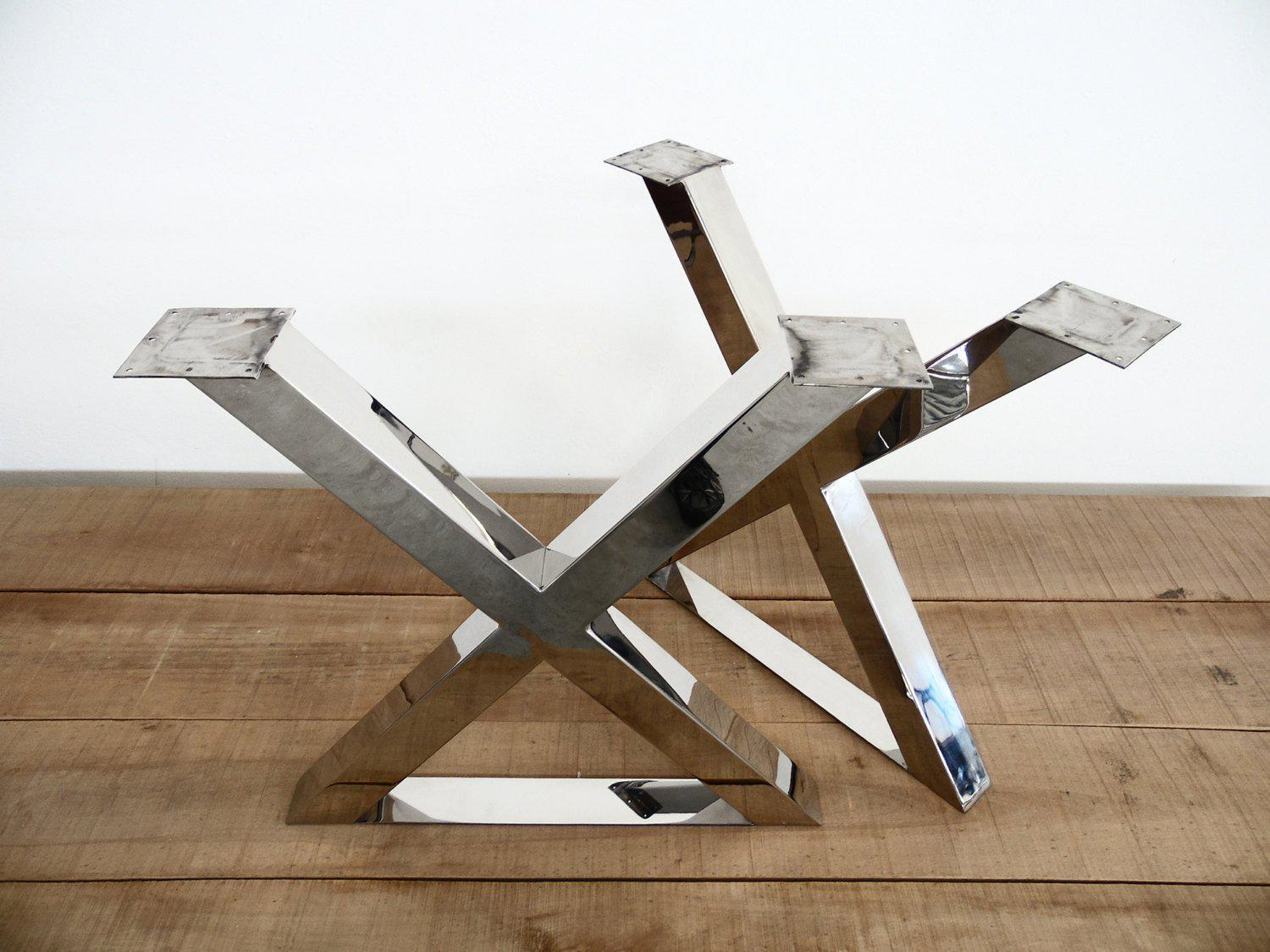Top Patterns in Dining Room Table Legs to Raise Your Dining Area
Top Patterns in Dining Room Table Legs to Raise Your Dining Area
Blog Article
A Detailed Check Out Table Leg Styles: Discovering the Ideal Suit
Choosing the best dining table leg design is important for both aesthetic appeal and sensible performance. Conventional four legs use ageless elegance and security, while the pedestal base provides enhanced legroom and a modern-day appearance. For those with larger tables, trestle legs ensure tough support, whereas barrette legs present a mid-century modern ambiance with their minimalist layout. The x-shaped legs blend modern style with boosted security. Each of these options brings special benefits, making the selection greater than simply an issue of choice. Explore better to find which design perfectly enhances your dining area and lifestyle.
Traditional Four Legs
Among the various types of dining table leg designs, the typical four-leg layout stays an ageless option for numerous homes. Four legs give well balanced assistance, making sure the table stays steady and qualified of birthing significant weight (dining room table legs).
From a visual viewpoint, the traditional four-leg design can be conveniently adjusted to different interior designs. Whether crafted from timber, metal, or a mix of products, these legs can be delicately sculpted, smooth and minimalistic, or anything in between. Their versatility permits them to enhance both rustic and contemporary setups flawlessly.
Additionally, the straightforward framework of the four-leg style helps with ease of activity and placement within an area. Unlike more complex bases, this design reduces blockages, supplying ample legroom for restaurants. In summary, the typical four-leg table leg style marries enduring sophistication with useful capability, making it an astute selection for those seeking both kind and function in their eating furniture.
Stand Base
Frequently commemorated for its stylish and space-efficient layout, the pedestal base is a recognized alternative to the standard four-leg configuration in table leg designs. This unique base commonly features a solitary main column supporting the table top, which can differ in form, from ornately sculpted timber to sleek, contemporary steel. One of the main advantages of the pedestal base is its capability to optimize legroom and seating flexibility. Without corner legs, restaurants are managed greater flexibility of activity, making it an ideal option for round and oblong tables that advertise more intimate and inclusive events.
Moreover, the stand base's main assistance can manage considerable weight, enabling making use of much heavier table tops, such as marble or thick wood. This stamina combined with its visual convenience makes the stand base a prominent option in both standard and modern indoor settings. It can effortlessly integrate with different style themes, from classic elegance to minimalist modernity. Furthermore, the central column itself offers a canvas for detailed layouts and imaginative expressions, including an aspect of visual interest under the table. In recap, the stand base combines functionality with design, making it a fine-tuned and useful option for varied dining environments.
Trestle Legs
Trestle legs offer a durable and ageless foundation for eating tables, characterized by their horizontal cross-bracing and durable assistance beam of lights. Stemming from medieval times, this layout has advanced yet maintained its important framework, making it a perennial fave in both traditional and modern settings. The central trestle light beam, typically sustained by two or even more vertical articles, offers outstanding stability, permitting bigger table lengths without the need for extra legs.
A significant advantage of trestle leg tables is the adequate legroom they provide. Unlike tables with 4 edge legs, the absence of blockages at the table's sides go provides unobstructed room for chairs and diners, improving convenience and accessibility. This makes trestle tables suitable for accommodating bigger celebrations, whether in a dining-room or a reception hall.
The visual versatility of trestle legs is notable. Readily available in a selection of materials such as wood, metal, and composite, they can be completed to enhance a variety of interior designs. From rustic farmhouse to streamlined modern-day designs, trestle legs can be customized to suit private tastes. Their long-lasting allure and useful advantages make trestle legs an engaging choice for those seeking both style and practicality in their table.
Hairpin Legs

The appeal of more helpful hints hairpin legs hinges on their simplicity and adaptability - dining room table legs. Readily available in a series of materials, consisting of steel and brass, they can be finished in various shades to enhance different interior styles. Whether coupled with a rustic wooden tabletop or a contemporary glass surface area, barrette legs effortlessly mix functionality with a touch of vintage appeal
Durability is one more significant attribute of barrette legs. Despite their delicate appearance, these legs are engineered to birth significant weight, ensuring the dining table stays steady and safe. In addition, they are reasonably simple to set up, making them a prominent selection for do it yourself fanatics and specialist furnishings manufacturers alike.
X-Shaped Legs

Created from materials such as steel, wood, or a mix of both, X-shaped legs can be tailored to match different layout preferences. Steel legs commonly offer a smooth and commercial feeling, ideal for loft-style apartment or condos and modern-day dining areas. On the various other hand, wooden X-shaped legs provide a warmer, a lot more rustic appeal, suitable for farmhouse or eclectic insides. The versatility in materials enables home owners to customize their dining tables to better fit their general layout scheme.
In addition, the design behind X-shaped legs ensures even weight distribution, minimizing the threat of wobbling and improving toughness. This makes them specifically fit for bigger eating tables that call for extra assistance. Fundamentally, X-shaped legs blend useful design with modern-day aesthetic appeals, making them an ageless option for varied dining atmospheres.
Final Thought
A detailed understanding of dining table leg designs exposes the distinct characteristics and advantages of each design. Trestle legs ensure durable support for bigger tables, and hairpin legs present a mid-century contemporary aesthetic.
Report this page